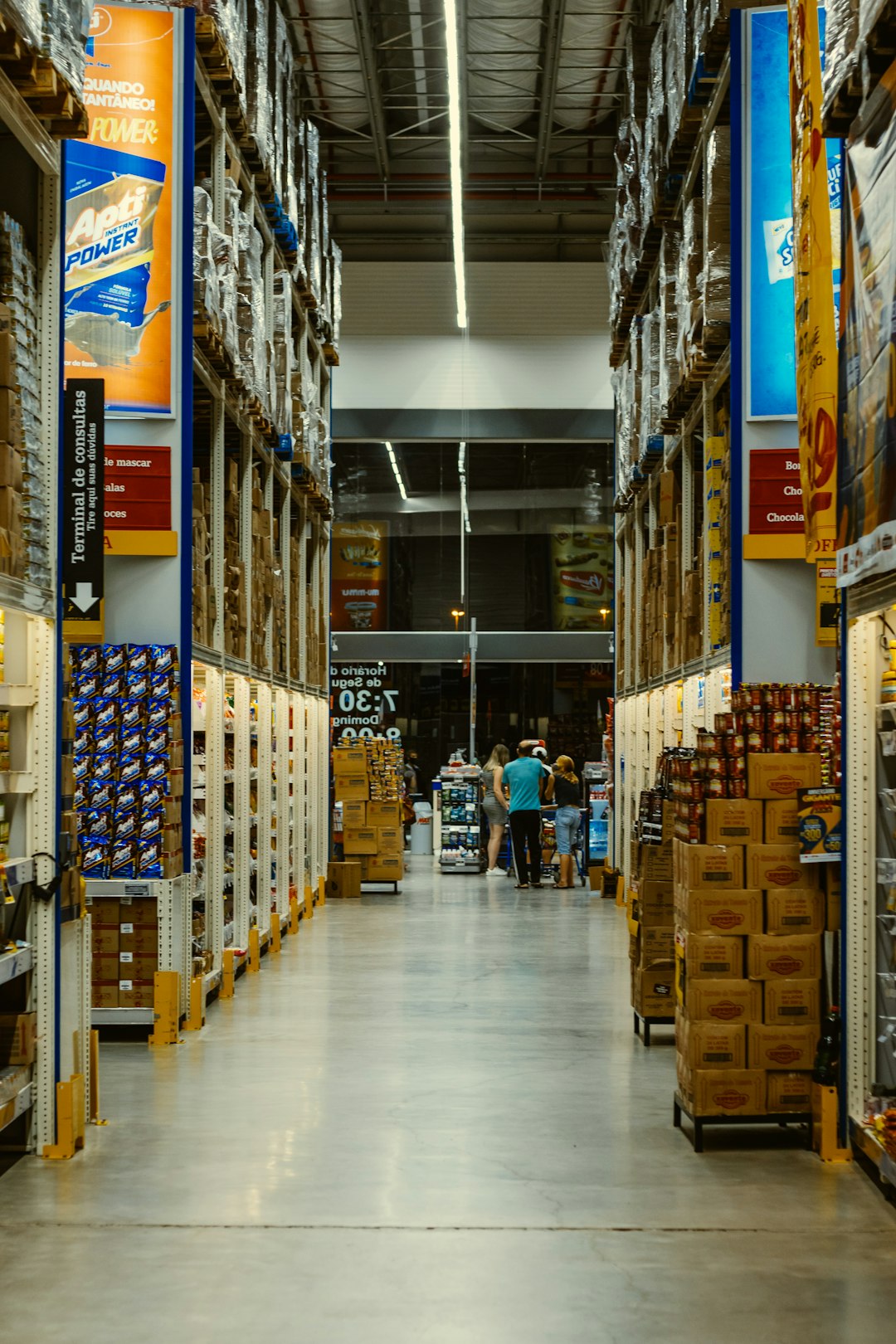What Do You Know About

When it involves logistics and supply chain administration, warehousing and transloading play vital duties in guaranteeing smooth procedures, efficient circulation, and customer complete satisfaction. Both processes are crucial aspects that link the space in between manufacturing and consumption, giving adaptability and comfort to businesses of all sizes. In this short article, we will discover the significance of warehousing and transloading in modern-day supply chains and why they are very useful in attaining functional excellence.
0 Picture Gallery: What Do You Know About
Warehousing works as a calculated solution for saving and managing supply. It is a central area where goods are stored, organized, and shielded until they are ready to be transported to their last location. Storehouses serve as warehouse, allowing businesses to have supply accessible to fulfill rising and fall client demand. They supply a buffer in between manufacturers and customers, ensuring that items are conveniently available, also throughout peak periods.
Moreover, warehousing uses numerous advantages to services. Most importantly, it gives protection and protection for products. Stockrooms are outfitted with advanced safety and security systems, fire defense, and climate control, decreasing the danger of damages, theft, or wasting. Furthermore, warehousing permits efficient inventory monitoring and order satisfaction. By having a centralized area, organizations can quickly track and manage their stock degrees, making certain that they have the ideal products offered at the right time.
Transloading, on the various other hand, refers to the process of moving goods from one mode of transport to an additional. It is especially helpful when products need to be carried long distances, entailing numerous modes of transportation such as ships, trains, and vehicles. Transloading takes place at specialized centers called transloading lawns, where freight is transferred from one transport setting, such as a container ship, to one more mode, such as a vehicle for last distribution.
The benefits of transloading are various. One of the essential benefits is versatility. Transloading enables effective movement of items, making certain that they reach their final destination in one of the most affordable and time-efficient manner. It allows companies to utilize different transport settings based on their details demands, optimizing routes and decreasing transportation prices. In addition, transloading can help reduce congestion on roads and highways by diverting freight from vehicles to rail or water transportation, therefore adding to an extra sustainable and eco-friendly supply chain.
In conclusion, both warehousing and transloading are vital elements of modern-day supply chain management. Warehousing supplies storage, security, and stock administration, guaranteeing that products are available as required. Transloading, on the other hand, uses flexibility and cost-efficiency by enabling the smooth transfer of goods in between different modes of transportation. By including these processes into their operations, companies can improve effectiveness, enhance customer care, and obtain an one-upmanship in today’s vibrant market.
Overwhelmed by the Complexity of ? This May Help
Getting Creative With Advice
This post topic: Software